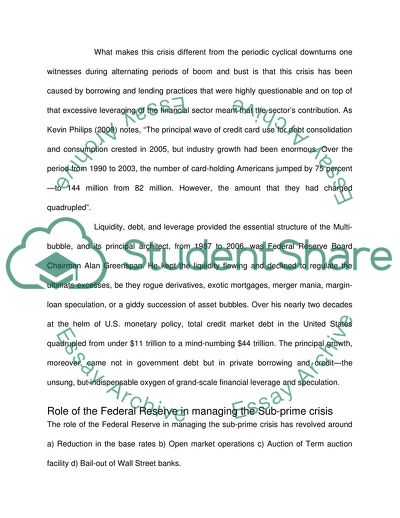Cite this document
(Understanding of What Happened in the US Economy over the Last Few Term Paper - 1, n.d.)
Understanding of What Happened in the US Economy over the Last Few Term Paper - 1. https://studentshare.org/macro-microeconomics/1722435-economics
Understanding of What Happened in the US Economy over the Last Few Term Paper - 1. https://studentshare.org/macro-microeconomics/1722435-economics
(Understanding of What Happened in the US Economy over the Last Few Term Paper - 1)
Understanding of What Happened in the US Economy over the Last Few Term Paper - 1. https://studentshare.org/macro-microeconomics/1722435-economics.
Understanding of What Happened in the US Economy over the Last Few Term Paper - 1. https://studentshare.org/macro-microeconomics/1722435-economics.
“Understanding of What Happened in the US Economy over the Last Few Term Paper - 1”. https://studentshare.org/macro-microeconomics/1722435-economics.


